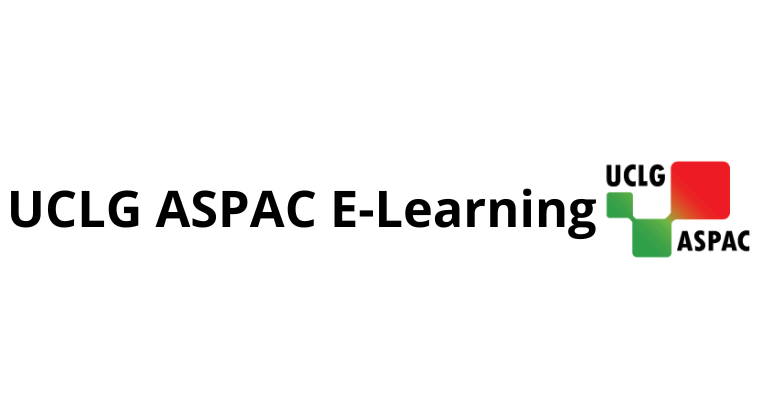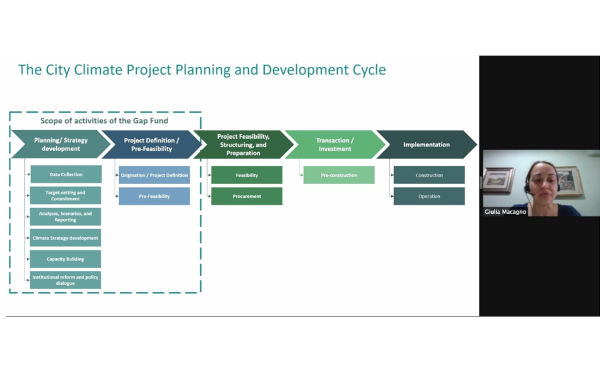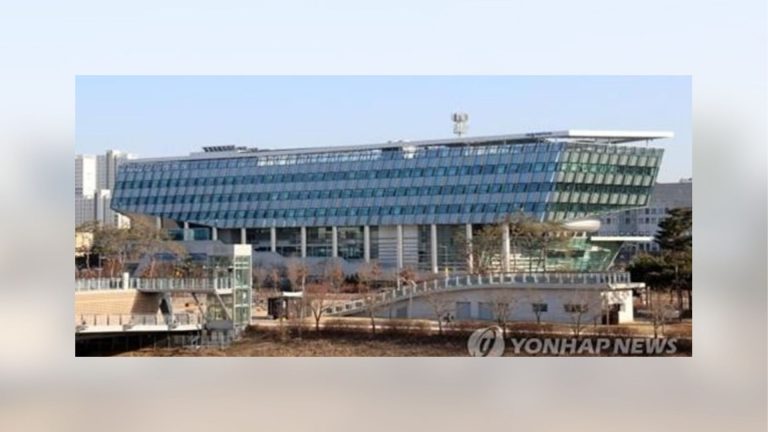It is no longer a doubt that cities are at the heart of climate action and adaptation. Due to their rapid population growth, urban development is also accelerating, thus creating impacts on the environment, such as climate change. This is highlighted through high-level forums, which formulated pacts to, for example reduce greenhouse gas emissions and tackle global warming, such as the Paris Agreement and the Sendai Framework.
This is also apparent at a more localised level, where cities networks are also creating pacts and partnerships to achieve zero emissions by 2030 and for cities and its people to be more resilient, with the Race to Zero and Race to Resilience campaigns as an example (Read more here).
Taking account targets and global commitments mentioned above, including the Sustainable Development Goals, the urgency is increasing. Simply, this is because the destruction of ecosystems has the potential to undo decades of development.
As a result this urgency needs transformational action and cities or local governments as the ones closest to communities hold an important role to tackle climate change such as mitigating the impacts for vulnerable communities, and building resiliency to reach what is now called green recovery.
However, now all around the world, including the Asia Pacific, cities or local governments are strongly realizing their influential roles to create a greener, low-carbon and resilient living for their people. Realization of the importance of climate action and adaptation have turned into commitments and multi-sector collaboration to promote and implement sustainable urban development. As a local governments association, UCLG ASPAC is also showing support to its members, where for example, through the Resilient and Inclusive Cities (CRIC) project (Click here for more information)
Therefore, local governments are now taking action such as developing plans and policies for climate action. Still, some challenges occur, such as identifying institutional, governance and financial constraints as well as solutions where for example, local governments are lacking the resources as well as capacity or expertise to produce climate-smart plans. This problem could also affect the effectivity of attracting more investments or financing and support for implementation.
To answer that specific issue can come in the form of technical assistance, which is what the newly launched City Climate Finance Gap Fund aims to provide, which is to “turn resilient low-carbon ideas (from cities) into strategies and finance-ready projects,” as explained by Giulia Macagno as Head of the City Climate Finance Gap Fund Technical Secretariat at European Investment Bank during the session for Asia Pacific countries last month on 24th April 2021.
The Gap Fund sees that despite the demand from cities, presence of project preparation, city networks, local government associations, there are still number of climate action related programmes and projects that are not moving forward because of financing problems. This is especially relevant for local governments around the world and in the Asia Pacific that, for example, had to reallocate regional budget for COVID-19 mitigation and recovery efforts. Furthermore, Giulia Macagno also highlighted the problem of capacity “Cities are central to meeting the ambitious targets that governments and other actors have taken as part of the Paris Agreement, however cities in lower middle-income struggle with developing climate infrastructure projects because of capacity issues,”she said.
This is where the Gap Fund can be helpful. What it offers is technical assistance, particularly in the first two steps of the City Climate Project Planning and Development Cycle, which is first, on the Planning/Strategy Development and second, the Project Definition/Pre-Feasibility stage.
For example, the Gap Fund could help cities in developing their climate strategies, define the concept of the project, help in data collection, setting targets and commitment, capacity building, institutional reform, and policy dialogue, and even contributing to pre-visibility studies. This can include technical assistance in greenhouse gas inventory and climate smart design guidelines. The Gap Fund can also provide in finding the financial structure for different types of climate infrastructure projects and help in matchmaking these projects with additional support and partners.
As a result, the Gap Fund is only supporting the strategy and pre-planning and not the implementation. It is crucial working together with partners to ensure the success of the fund, which includes the Global Covenant of Mayors for Climate Change (GCoM), C40 and ICLEI.
For local governments interested and in requirement of technical assistance, the Climate City Gap Fund is open to submission of expression of interest (EoI). The general requirements are among many others; that cities and municipalities must be urban cities that are already planning climate mitigation and climate adaptation projects/programmes, with clear explanation of the stage of the project, as well as the sectors that the Gap Fund covers. This could cover solid waste management and circulation, sustainable urban mobility, greening of urban areas, nature-based solutions, centered urban planning and many more.
For more information, please go to www.citygapfund.org
By KM Team











